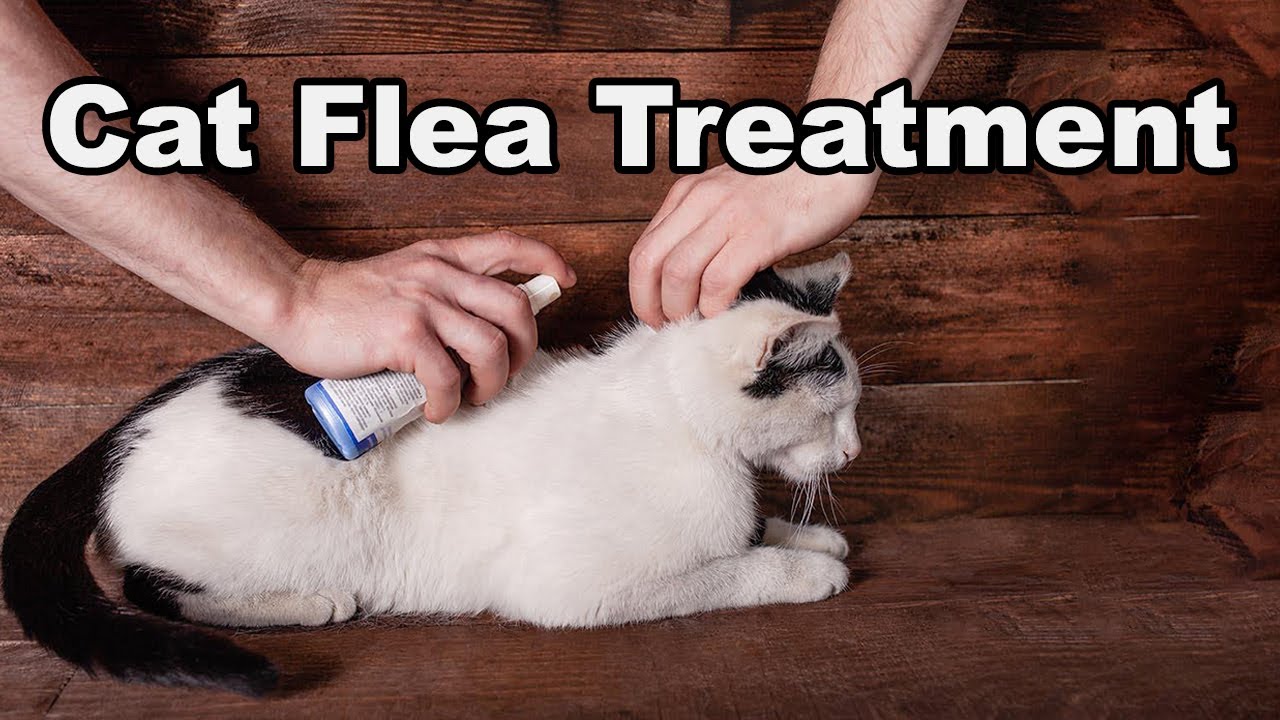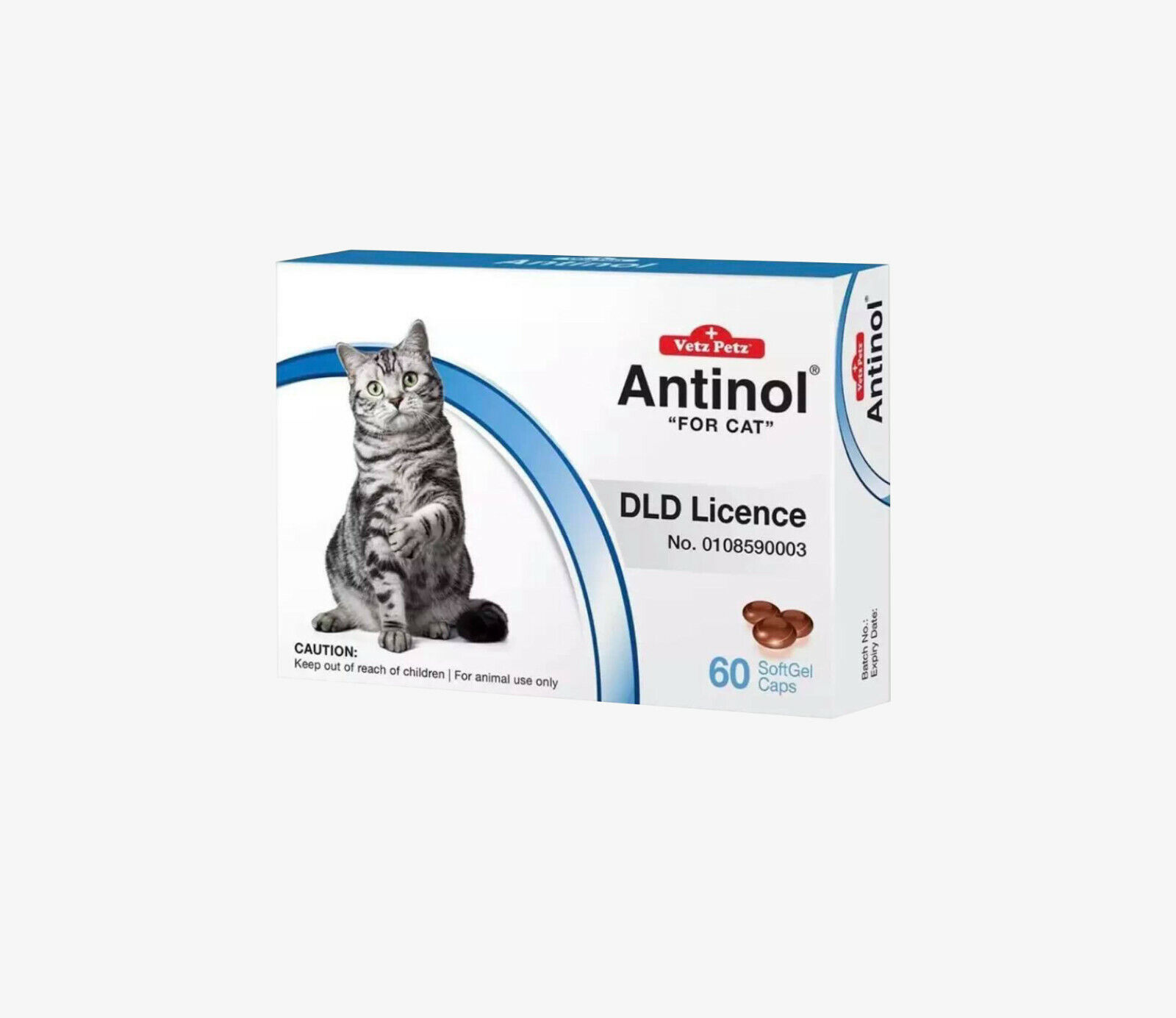The Hidden Dangers of Fleas Every Cat Owner Must Know
As a loving cat owner, few things are more distressing than seeing your beloved feline companion constantly scratching, biting, and suffering from flea infestations. These tiny parasites are more than just a temporary nuisance – they pose serious, ongoing health risks that every responsible pet parent should understand.
Fleas are incredibly resilient creatures that can survive in almost any environment. A single adult flea can lay up to 50 eggs per day, meaning what starts as a minor irritation can quickly explode into a full-blown infestation throughout your home. The consequences go far beyond simple itching:
Health Risks of Untreated Fleas:
- Severe Skin Conditions: Many cats develop flea allergy dermatitis (FAD), an intensely itchy skin reaction to flea saliva that leads to excessive scratching, hair loss, and open wounds prone to infection.
- Blood Loss and Anemia: Each flea consumes 15 times its body weight in blood daily. For small kittens or elderly cats, this can lead to life-threatening anemia.
- Tapeworm Infections: Fleas often carry tapeworm eggs. When cats groom and accidentally ingest infected fleas, they develop intestinal parasites.
- Disease Transmission: Fleas can transmit serious illnesses like bartonellosis (cat scratch fever) and even plague in some regions.
- Psychological Stress: Constant itching and discomfort leads to behavioral changes like irritability, restlessness, and decreased appetite.
What many pet owners don’t realize is that the fleas you see on your cat represent just 5% of the problem – the remaining 95% exist as eggs, larvae, and pupae in your home environment. This means treating just your cat is never enough; you need a comprehensive approach that addresses all life stages of fleas both on your pet and in your living spaces.
The good news? Modern veterinary medicine offers incredibly effective solutions. This definitive guide will walk you through every aspect of flea prevention and treatment, from understanding the flea life cycle to comparing all available treatment options and implementing a foolproof prevention strategy. Whether you’re dealing with an active infestation or looking to protect your cat proactively, this guide provides the expert-backed information you need to make the best decisions for your feline friend’s health and comfort.
Understanding the Flea Life Cycle: Why Treatment Must Be Comprehensive
To effectively combat fleas, you must understand their four-stage life cycle. Most treatments only target adult fleas, which is why infestations often recur. Here’s what happens at each stage:
1. Eggs (The Silent Threat)
- A single female flea lays 40-50 eggs per day
- Eggs fall off your cat into carpets, bedding, and furniture
- Hatch in 2-14 days, depending on temperature and humidity
- Nearly invisible to the naked eye (about 0.5mm in size)
- Can survive freezing temperatures and remain dormant
2. Larvae (The Hidden Danger)
- Feed on organic debris and flea feces (“flea dirt”)
- Avoid light, burrowing deep into carpets and cracks
- Can survive up to 200 days in ideal conditions
- Molt through three larval stages over 5-20 days
- Most vulnerable stage to environmental treatments
3. Pupae (The Armored Stage)
- Protective cocoon makes them immune to most treatments
- Can remain dormant for months, waiting for a host
- Stimulated to emerge by vibrations, heat, and CO₂ (signs of a host)
- Cocoon is sticky, helping it adhere to surfaces
- Most challenging stage to eliminate
4. Adults (The Bloodsuckers)
- Jump onto your cat to feed within seconds of emerging
- Begin reproducing within 24-48 hours of first blood meal
- Live 2-3 months, creating a continuous infestation cycle
- Can jump up to 150 times their body length
- Prefer warm areas like the neck, back, and base of tail
Key Insight: Most flea treatments fail because they only kill adults. Effective control requires breaking the cycle at multiple stages—killing adults while also targeting eggs and larvae in the environment. The entire life cycle can take as little as 2 weeks or as long as several months, depending on environmental conditions.
Top 5 Vet-Recommended Flea Treatments for Cats (2024 Update)
1. Topical Spot-On Treatments: The Gold Standard
How They Work: Applied between the shoulder blades, the medication spreads through skin oils, killing fleas on contact.
Best Options:
✔ Advantage II (Imidacloprid + Pyriproxyfen)
- Kills fleas within 12 hours
- Waterproof after 24 hours
- Also kills flea larvae in the environment
- Safe for kittens 8+ weeks
- Lasts 30 days per application
✔ Revolution Plus (Selamectin + Sarolaner)
- Monthly application
- Also prevents heartworm, ear mites, and ticks
- Safe for kittens 8+ weeks
- Kills fleas within 12 hours
- Protects for a full month
Pros:
✅ Easy to apply (once monthly)
✅ Long-lasting protection (4 weeks)
✅ Some formulas repel multiple parasites
✅ Water-resistant after drying
✅ Minimal side effects
Cons:
❌ May cause temporary hair loss at application site
❌ Not ideal for cats that groom excessively
❌ Can be messy if not applied correctly
❌ Some cats dislike the sensation
2. Oral Flea Medications: Fast-Acting Systemic Protection
How They Work: Pills or chews that circulate in your cat’s bloodstream, killing fleas when they bite.
Best Options:
✔ Capstar (Nitenpyram)
- Starts working in 30 minutes
- Kills 90% of fleas within 4 hours
- Best for emergency relief (lasts 24-48 hours)
- Safe for kittens 4+ weeks
- Can be given daily if needed
✔ Bravecto (Fluralaner)
- 3-month protection from one dose
- Also kills ticks
- Available as chew or topical
- Starts working within 8 hours
- Safe for cats 6+ months
Pros:
✅ No residue or odor
✅ Fastest-acting option
✅ Ideal for multi-pet households
✅ Doesn’t wash off
✅ Good for cats that dislike topical treatments
Cons:
❌ Some cats refuse pills
❌ Possible side effects (vomiting, lethargy)
❌ Not all formulas kill other parasites
❌ Requires proper dosing by weight
3. Flea Collars: Long-Term Prevention
How They Work: Slowly release active ingredients over months.
Best Options:
✔ Seresto (Flumethrin + Imidacloprid)
- 8 months of protection
- Water-resistant
- Also repels ticks
- Starts working within 24 hours
- Safe for kittens 10+ weeks
✔ Hartz UltraGuard (Tetrachlorvinphos + Methoprene)
- Budget-friendly
- Kills fleas and ticks
- Lasts up to 7 months
- Water-resistant
- For cats 12+ weeks
Pros:
✅ Longest-lasting option
✅ No monthly applications needed
✅ Some repel multiple parasites
✅ Water-resistant
✅ Easy to use
Cons:
❌ Some cats dislike wearing collars
❌ Cheaper brands may be less effective
❌ Need proper fit (two fingers’ space)
❌ Possible skin irritation
❌ Some contain strong insecticides
4. Flea Shampoos & Sprays: Immediate But Temporary Relief
Best for: Heavy infestations needing quick knockdown.
Top Picks:
✔ Adams Plus Flea & Tick Shampoo
- Contains pyrethrins for fast flea kill
- Also kills flea eggs and larvae
- Safe for cats 12+ weeks
- Contains soothing aloe and lanolin
- Pleasant scent
✔ Vet’s Best Flea Home Spray
- Natural formula (peppermint oil, clove extract)
- Safe for use on bedding and furniture
- Kills fleas, eggs, and larvae
- No harsh chemicals
- Pleasant herbal scent
Pros:
✅ Immediate results
✅ Affordable
✅ Good for severe infestations
✅ Some contain soothing ingredients
✅ Can treat environment
Cons:
❌ Protection lasts only 1-2 weeks
❌ Stressful for cats who dislike baths
❌ Some contain strong pesticides
❌ Need frequent reapplication
❌ May dry out skin
5. Natural & Home Remedies: Gentle Alternatives
Best for: Cats with chemical sensitivities.
Options:
✔ Food-Grade Diatomaceous Earth
- Dust on carpets and bedding
- Kills fleas by dehydrating them
- Safe when used properly
- Non-toxic
- Also kills other pests
✔ Flea Combing
- Physical removal with a fine-toothed comb
- Dip comb in soapy water to drown fleas
- Completely chemical-free
- Good for daily maintenance
- Bonding experience
Pros:
✅ Chemical-free
✅ Safe for kittens and sensitive cats
✅ No side effects
✅ Inexpensive
✅ Can use alongside other treatments
Cons:
❌ Labor-intensive
❌ Less reliable than medicated options
❌ Need frequent application
❌ Doesn’t prevent reinfestation
❌ Messy to apply
How to Choose the Right Flea Treatment for Your Cat
Factors to Consider:
✔ Age & Weight:
- Kittens under 8 weeks need special formulations
- Weight determines dosage (e.g., Bravecto comes in different sizes)
- Senior cats may need gentler options
✔ Health Status:
- Cats with seizure disorders should avoid certain insecticides
- Pregnant/nursing cats need vet-approved options
- Cats with skin conditions may need hypoallergenic treatments
✔ Lifestyle:
- Indoor cats may need less aggressive treatment
- Outdoor cats require tick protection too
- Multi-cat households need coordinated treatment
✔ Other Pets:
- Dog flea products can be deadly to cats (especially those containing permethrin)
- Some treatments can’t be used with certain other medications
Pro Tip: Always consult your veterinarian before starting any flea treatment, especially for kittens, seniors, or cats with health issues. They can recommend the safest, most effective option for your specific situation.
Step-by-Step Flea Elimination Plan
1. Treat All Pets Simultaneously
- Even if only one pet shows signs, treat all cats and dogs
- Use species-appropriate products
- Coordinate treatment dates for maximum effectiveness
2. Wash All Bedding & Fabrics
- Use hot water (130°F+) to kill eggs
- Dry on high heat for at least 20 minutes
- Include pet beds, human bedding, and throw blankets
3. Vacuum Thoroughly
- Focus on carpets, furniture, and baseboards
- Immediately discard vacuum bag (fleas can escape)
- Vacuum daily during active infestations
4. Apply Environmental Control
- Use sprays like Virbac Knockout or IGR (Insect Growth Regulator) foggers
- Treat yards if your cat goes outside
- Repeat every 2-3 weeks for 2-3 months
5. Maintain Prevention
- Continue monthly treatments for at least 3-4 months
- Use year-round prevention in warmer climates
- Monitor for signs of reinfestation
Common Flea Treatment Mistakes to Avoid
❌ Using Dog Products on Cats
- Many dog flea treatments contain permethrin, which is highly toxic to cats
- Even small amounts can cause seizures or death
- Always read labels carefully
❌ Bathing Too Soon After Topical Application
- Wait at least 48 hours after applying spot-on treatments
- Bathing too soon washes away the medication
- Check product instructions for specific timing
❌ Only Treating the Cat
- 95% of fleas live in the environment—must treat home too
- Eggs and larvae survive in carpets and furniture
- Environmental treatment is essential
❌ Stopping Treatment in Winter
- Fleas survive indoors year-round
- Central heating creates ideal conditions
- Prevention should be year-round
❌ Using Expired Products
- Lose potency over time
- May not work effectively
- Check expiration dates before use
Flea Prevention: Keeping Your Cat Pest-Free
- Monthly Preventatives are more effective than reactive treatments
- Regular Grooming with a flea comb helps early detection
- Home Maintenance (vacuuming weekly reduces flea habitats)
- Yard Treatment for outdoor cats (nematodes or pet-safe sprays)
- Check Visitors (other animals can bring fleas into your home)
Final Recommendations
Best Overall: Advantage II (topical)
Fastest Acting: Capstar (oral)
Longest Lasting: Bravecto (oral) or Seresto (collar)
Most Comprehensive: Revolution Plus (protects against multiple parasites)
Best Natural Option: Flea comb + diatomaceous earth
Remember: Consistency is key. Work with your vet to create a personalized flea control plan for your cat’s needs. With proper treatment and prevention, you can keep your feline friend happy, healthy, and flea-free year-round.






